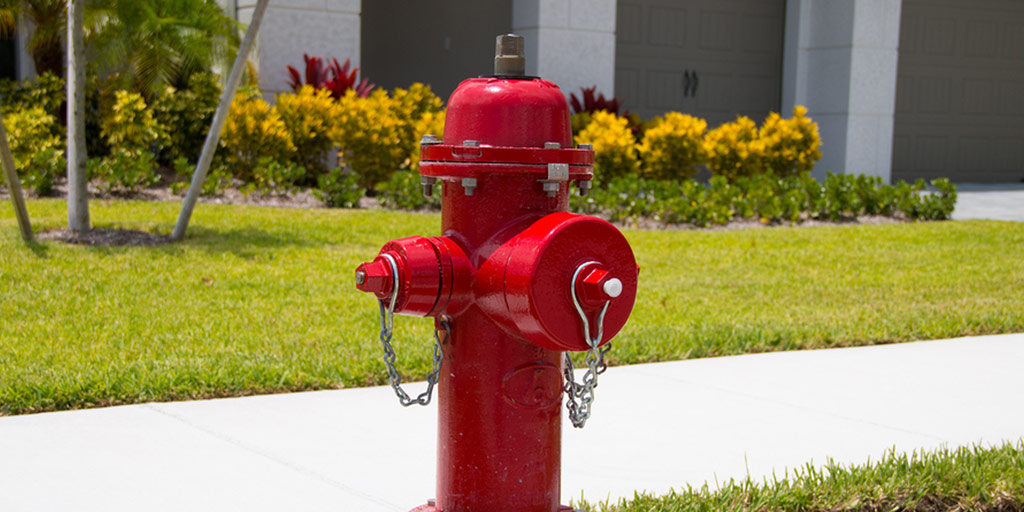Flushing Program

In our effort to provide our customers with high quality drinking water, CRW maintains a water main flushing program. During flushing operations fire hydrants and blow-offs are systematically opened around the District and water is allowed to flow quickly through the pipes. This increased velocity scours and cleans the pipe walls, flushes sediment from the mainline pipes and removes aging water from the distribution system. It also verifies the proper operation of hydrants and valves, maintains firefighting capability, and ultimately improves water quality!
When will CRW be flushing in your area?
Our crews flush neighborhoods on a regular rotation. Signs will be posted in your area prior to flushing.
What should you do when CRW in flushing in your area?
If you see a crew flushing a hydrant on your street, avoid running tap water and using the washing machine or the dishwasher until the flushing is completed to avoid drawing discolored water into your home plumbing. If possible completely avoid using hot water as this may draw discolored water into your hot water heater allowing the discoloration to persist for long periods of time.
If you see hydrant flushing crews working in the area, please drive carefully and treat them like any other road construction crew.
What should you do after flushing in your area is completed?
After flushing has finished in your area turn on your cold water tap first. If you encounter discolored water, shut the water off and wait several minutes then check again by running the cold water tap for a few minutes. Running the tap will allow new water to work its way into your pipes. In some cases, there may be slight discoloration for a few hours.
While aesthetically not desirable, there is no health risk associated with the discolored water. This discoloration only affects the appearance of the water, it does not affect the taste or water quality.
Avoid washing laundry during scheduled flushing times. Wait until the water runs clear from your tap, then wash a load of dark clothes first. If pressure or volume seems low, check your faucet screens for trapped particles.





